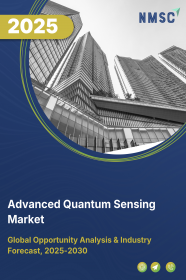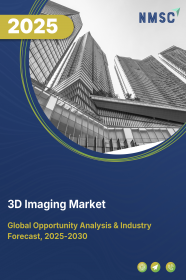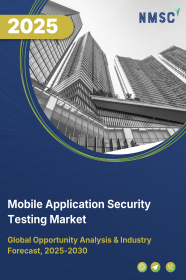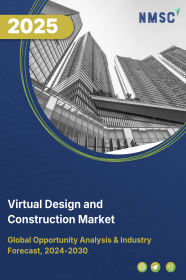
Virtual Design and Construction Market by Component (Hardware, Software, and Services), by Technology (Building Information Modelling (BIM), 3D Laser Scanning, Augmented Reality (AR), Virtual Reality (VR), and Others), by Application (Residential, Commercial, and Industrial), and by End-Users (Architects and Engineers, Contractors and Builders, and Facility Managers) – Global Opportunity Analysis and Industry Forecast, 2025–2030
Virtual Design and Construction Market Overview
The global Virtual Design and Construction Market size was valued at USD XX billion in 2024 and is predicted to reach USD XX billion by 2030 with a CAGR of XX% from 2025-2030.
The factors such as the expansion of the construction sector, rising urban population, technological advancements fuel the growth of the market. However, data privacy and security concerns associated with virtual design and construction restrain market growth. On the contrary, the integration of AI in virtual design and construction creates a growth opportunity in the coming years.
Moreover, the top players such as Skanska AB, Turner Construction Company, Asite Solutions Pvt Ltd are taking various initiates including product launches to strengthen their market position and diversify their offerings. These efforts aim to enhance technological innovation, improve project efficiency, and support the adoption of advanced virtual design solutions. As the market evolves, the growing emphasis on digital transformation and AI-powered construction tools accelerates growth and drives wider adoption across the industry.
Expansion of the Construction Sector Fuels the Market Growth
The construction sector drives the growth of the market due to the need for more skilled project planning, coordination, and cost management. VDC technologies enable enhanced collaboration, real-time design simulations, and risk reduction, operating to process the intrinsic complexity of large-scale construction projects.
The Next Move Strategy Consulting (NMSC) states that the global construction industry reached USD 2319.20 billion in 2023, and it is projected to reach USD 3579.78 billion by 2030 with a 54% rise over the seven years. Thus, the developing construction sector accelerates the demand for VDC technologies to support better execution and efficiency for project endeavors that in turn boosts the virtual design and construction market expansion.
Rising Urban Population Drives the Market Expansion
Urban population growth is driving demand for more efficient and sustainable construction solutions such as virtual design and construction that permit optimization of space while minimizing construction time.
According to the World Bank Group report, the world's urban population reached 4.23 billion in 2018 and 4.6 billion in 2023 that represents a 9% increase in a span of 5 years. The rise in the urban population increases the demand for VDC technologies to facilitate urban infrastructure development in an efficient and sustainable manner.
Technological Advancements Propels the Market Expansion
Technological advancements, such as virtual reality (VR), fuel the virtual design and construction market demand by enabling immersive project visualization, improving design accuracy, and enhancing collaboration among project teams.
For instance, in April 2024, Resolve launched its app portal, enhancing 3D and 2D construction data integration in its VR platform to streamline project reviews and improve pre-construction insights. These innovations support greater efficiency and precision that addresses the growing complexity of modern construction projects.
Data Privacy and Security Concerns Hinders the Market Expansion
Data privacy and security concerns associated with virtual design and construction restrain market growth. These concerns arise from the risk of exposing sensitive project information, making stakeholders hesitant to adopt advanced digital tools.
Integration of AI in Virtual Design and Construction Creates a Future Opportunity for the Market
The integration of AI in virtual design and construction creates an ample future opportunity for the market. By enabling advanced simulations, predictive analytics, and real-time collaboration, AI supports firms in addressing complex project demands while streamlining workflows. This advancement optimizes design accuracy, reduces project delays, minimizes resource wastage, and enhances profitability across the construction sector.
Market Segmentations and Scope of the Study
The virtual design and construction market report is segmented on the basis of component, technology, application, end-users, and region. On the basis of component, the market is classified into hardware, software, and services. On the basis of technology, the market is distributed into building information modelling (BIM), 3d laser scanning, augmented reality (AR), virtual reality (VR), and others. On the basis of application, the market is segmented into residential, commercial, and industrial. On the basis of end-users, the market is divided into architects and engineers, contractors and builders, and facility managers. The regional breakdown includes regions such as North America, Europe, Asia-Pacific, and the Rest of the World (RoW).
Geographical Analysis
North America dominates the virtual design and construction market share and is expected to continue its dominance during the forecast period. This is attributed to the expansion of the construction sector that5 fuels the demand for enhanced project management, design, and advanced solutions offered by VDC technologies.
The Statistics Canada reports that investment in Canada's construction in June 2024, reached USD 15.52 billion with an increase of 0.8% compared to last month's. The construction growth indicates an increasing dependence on VDC solutions for improving construction processes and reducing costs, thus propelling market growth.
Also, the major players such as Dovetail General Contractors, Autodesk, Inc., and Trimble Inc. boosts the growth of the market through innovative technologies and solutions to establish performance and efficiency in the region.
For instance, in January 2024, Dovetail General Contractors introduced a virtual design and construction (VDC) department to enhance collaboration and efficiency in custom construction through advanced technologies. Such innovations drive market expansion by addressing the challenges faced by the industry and improving the results of projects.
On the other hand, Asia-Pacific is expected to show a steady growth in the virtual design and construction industry due to an increased investment in infrastructure development. Such growth fuels demand for advanced project management and design solutions that optimize construction processes.
The latest report published by the Morgan Stanley states that the infrastructure investment in India reached 5.3 percent of GDP in 2024 and is expected to reach 6.5 percent by 2029 that reflects a growth of 22.6% within a span of 5 years.
This rise in infrastructure investment raises the demand for virtual design solutions in construction as it improved project efficiency and a more streamlined construction process.
Furthermore, the urbanization growth in the region fuels the market expansion by boosting demand for more efficient and sustainable construction solutions. As urban centers expand, the need for infrastructure accelerates the important outcome of virtual design and construction technology adoption to optimize planning and execution.
The World Bank Data reports that China's urban population grew up from 866.8 million in 2020 to 910.9 million in 2023, reflecting a growth of 5%. This rapid urbanization increases the demand for the construction sector technology whereby cities expanding fast require infrastructure solutions with efficiency, sustainability, and scalability.
Competitive Landscape
Various key market players operating in the virtual design and construction industry includes Autodesk, Inc., Trimble Inc., Skanska AB, Turner Construction Company, Asite Solutions Pvt Ltd, Dassault Systemes SE, Dovetail General Contractors, OpenSpace, STO Building Group Inc., AEO Design Consultants Pvt. Ltd., BASF SE, The AEC Associates, Flatworld Solutions Inc., DPR Construction Company, Helm Group, and others. These market players continue to adopt various market development strategies including product launches to maintain their dominance in the market.
For example, in November 2023, Autodesk launched Autodesk Workshop XR, a virtual design review space that fosters real-time collaboration on 3D models. This tool allows for better project planning and less construction errors by enhancing communication between the teams in the AEC sector.
Also, in June 2023, OpenSpace introduced OpenSpace BIM+, a tool that improves coordination between virtual design and construction teams and field workers. This innovative product uses AI together with computer vision to fast-track 360° photo alignment with building information modeling.
Key Benefits
-
The report provides quantitative analysis and estimations of the virtual design and construction market from 2025 to 2030, which assists in identifying the prevailing industry opportunities.
-
The study comprises a deep-dive analysis of the current and future virtual design and construction market trends to depict prevalent investment pockets in the industry.
-
Information related to key drivers, restraints, and opportunities and their impact on the virtual design and construction industry is provided in the report.
-
Competitive analysis of the key players, along with their market share is provided in the report.
-
SWOT analysis and Porters Five Forces model is elaborated on the study.
-
Value chain analysis in the market study provides a clear picture of roles of stakeholders.
Virtual Design and Construction Market Key Segments
By Component
-
Hardware
-
Software
-
Services
By Technology
-
Building Information Modelling (BIM)
-
3D Laser Scanning
-
Augmented Reality (AR)
-
Virtual Reality (VR)
-
Others
By Application
-
Residential
-
Commercial
-
Industrial
By End-Users
-
Architects and Engineers
-
Contractors and Builders
-
Facility Managers
By Region
-
North America
-
The U.S.
-
Canada
-
Mexico
-
-
Europe
-
The UK
-
Germany
-
France
-
Italy
-
Spain
-
Denmark
-
Netherlands
-
Finland
-
Sweden
-
Norway
-
Russia
-
Rest of Europe
-
-
Asia-Pacific
-
China
-
Japan
-
India
-
South Korea
-
Australia
-
Indonesia
-
Singapore
-
Taiwan
-
Thailand
-
Rest of Asia-Pacific
-
-
RoW
-
Latin America
-
Middle East
-
Africa
-
Key Players
-
Autodesk, Inc.
-
Trimble Inc.
-
Skanska AB
-
Turner Construction Company
-
Asite Solutions Pvt Ltd
-
Dassault Systemes SE
-
Dovetail General Contractors
-
OpenSpace
-
STO Building Group Inc.
-
AEO Design Consultants Pvt. Ltd.
-
BASF SE
-
The AEC Associates
-
Flatworld Solutions Inc.
-
DPR Construction Company
-
Helm Group
REPORT SCOPE AND SEGMENTATION:
|
Parameters |
Details |
|
Market Size in 2024 |
USD XX Billion |
|
Revenue Forecast in 2030 |
USD XX Billion |
|
Growth Rate |
CAGR of XX% from 2025 to 2030 |
|
Analysis Period |
2024–2030 |
|
Base Year Considered |
2024 |
|
Forecast Period |
2025–2030 |
|
Market Size Estimation |
Billion (USD) |
|
Growth Factors |
|
|
Countries Covered |
28 |
|
Companies Profiled |
15 |
|
Market Share |
Available for 10 companies |
|
Customization Scope |
Free customization (equivalent up to 80 working hours of analysts) after purchase. Addition or alteration to country, regional, and segment scope. |
|
Pricing and Purchase Options |
Avail customized purchase options to meet your exact research needs. |







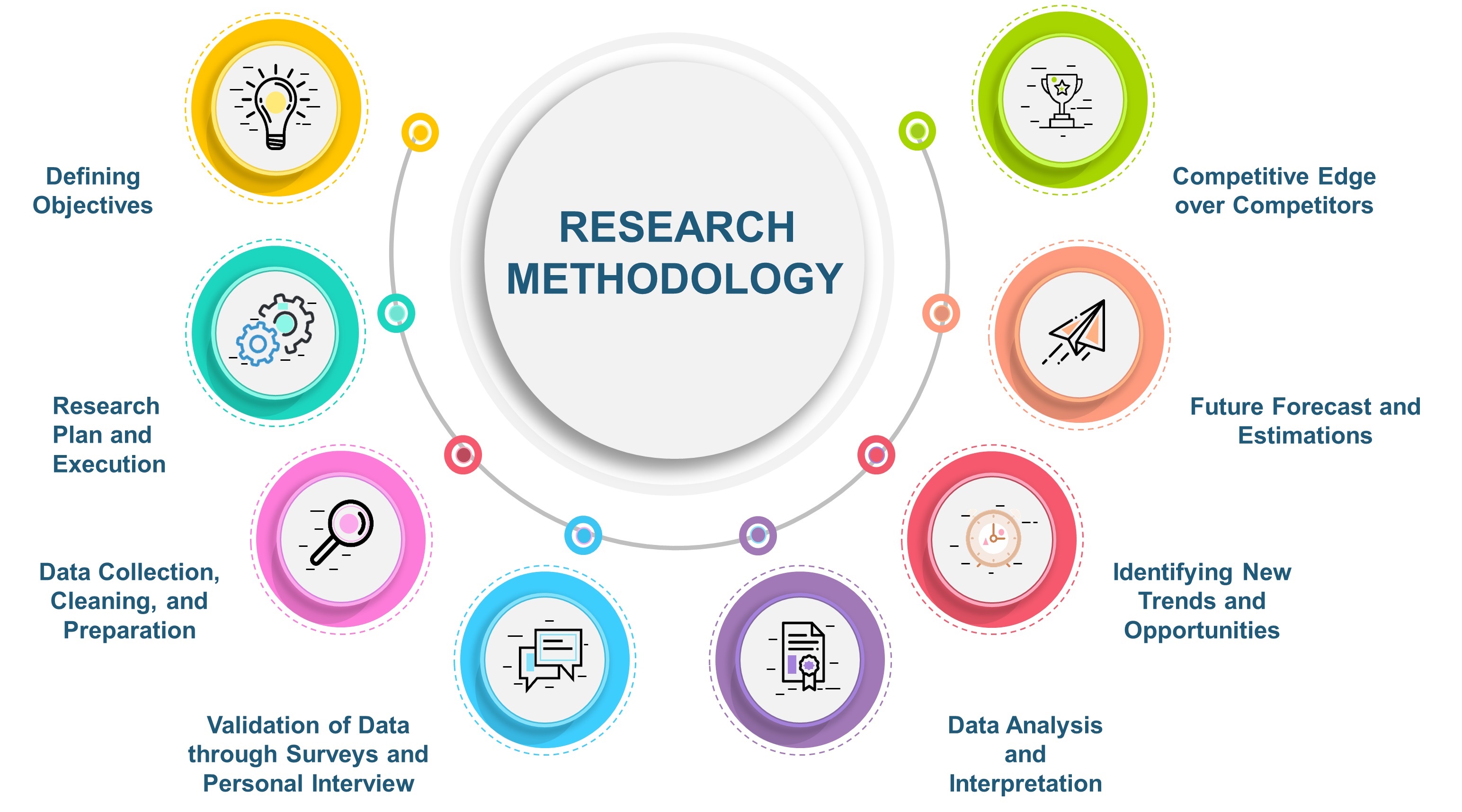
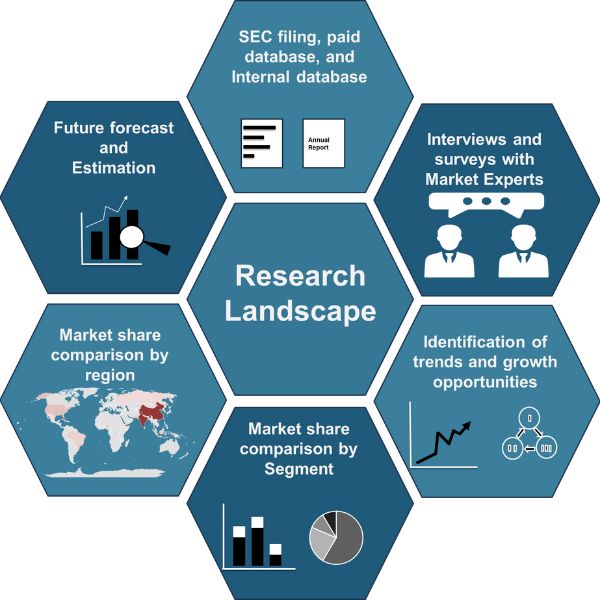
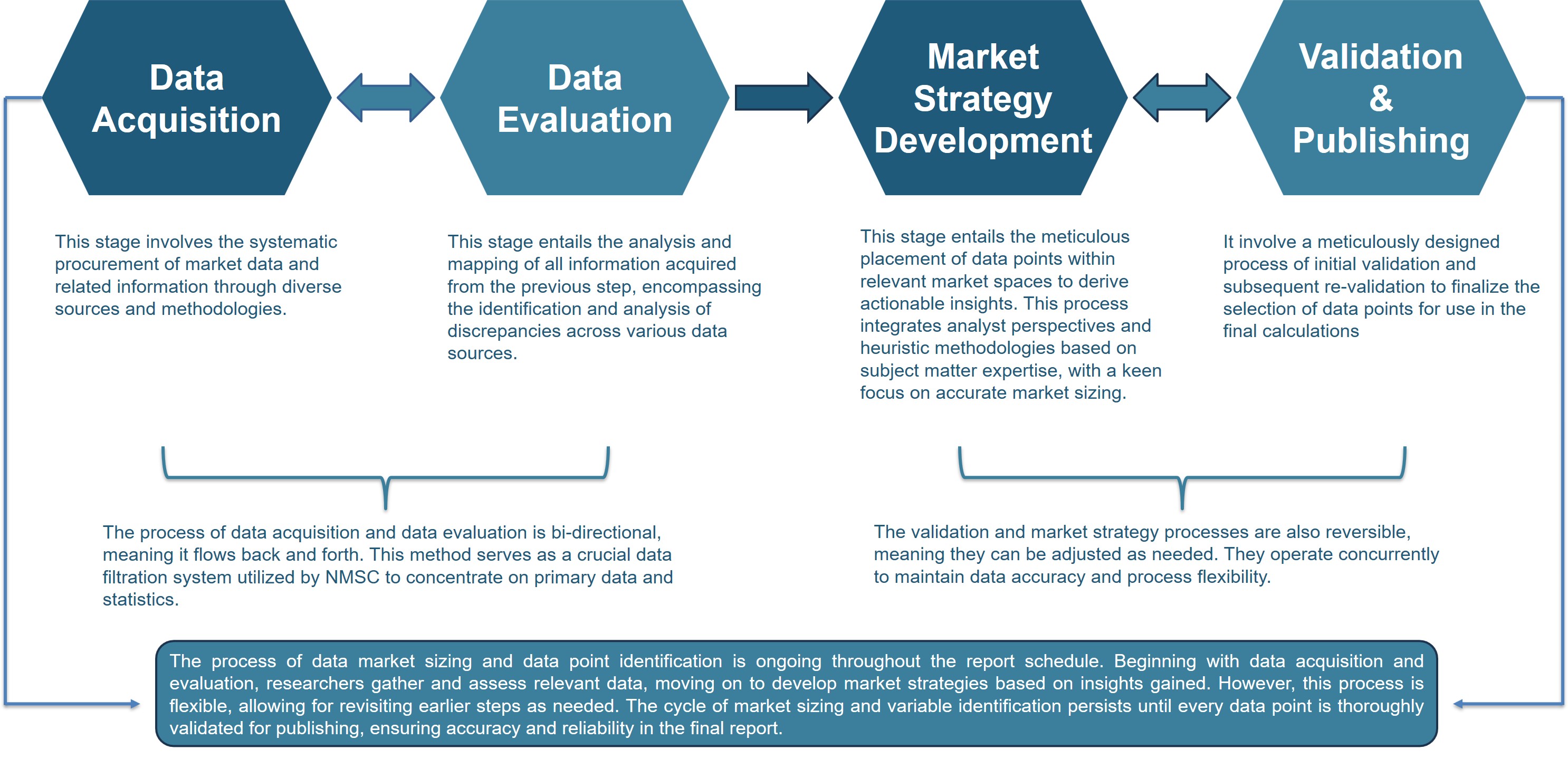
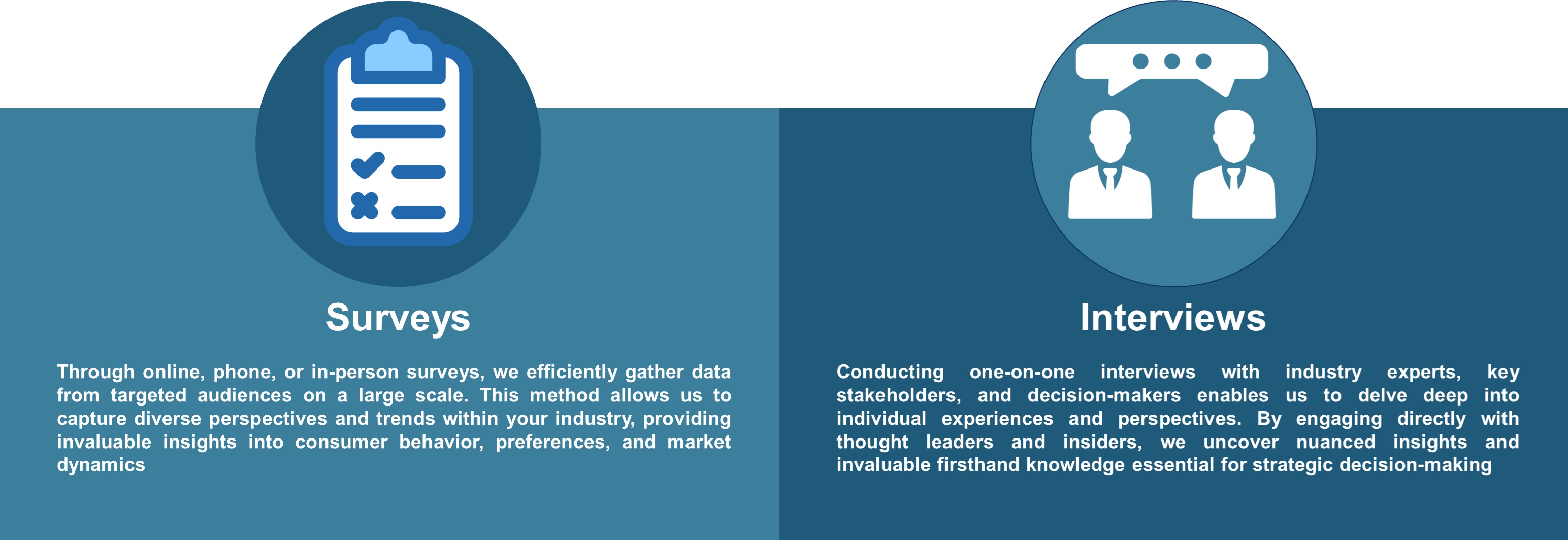


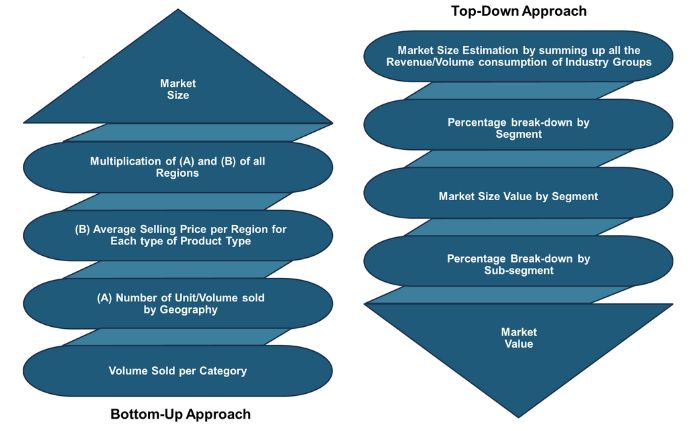
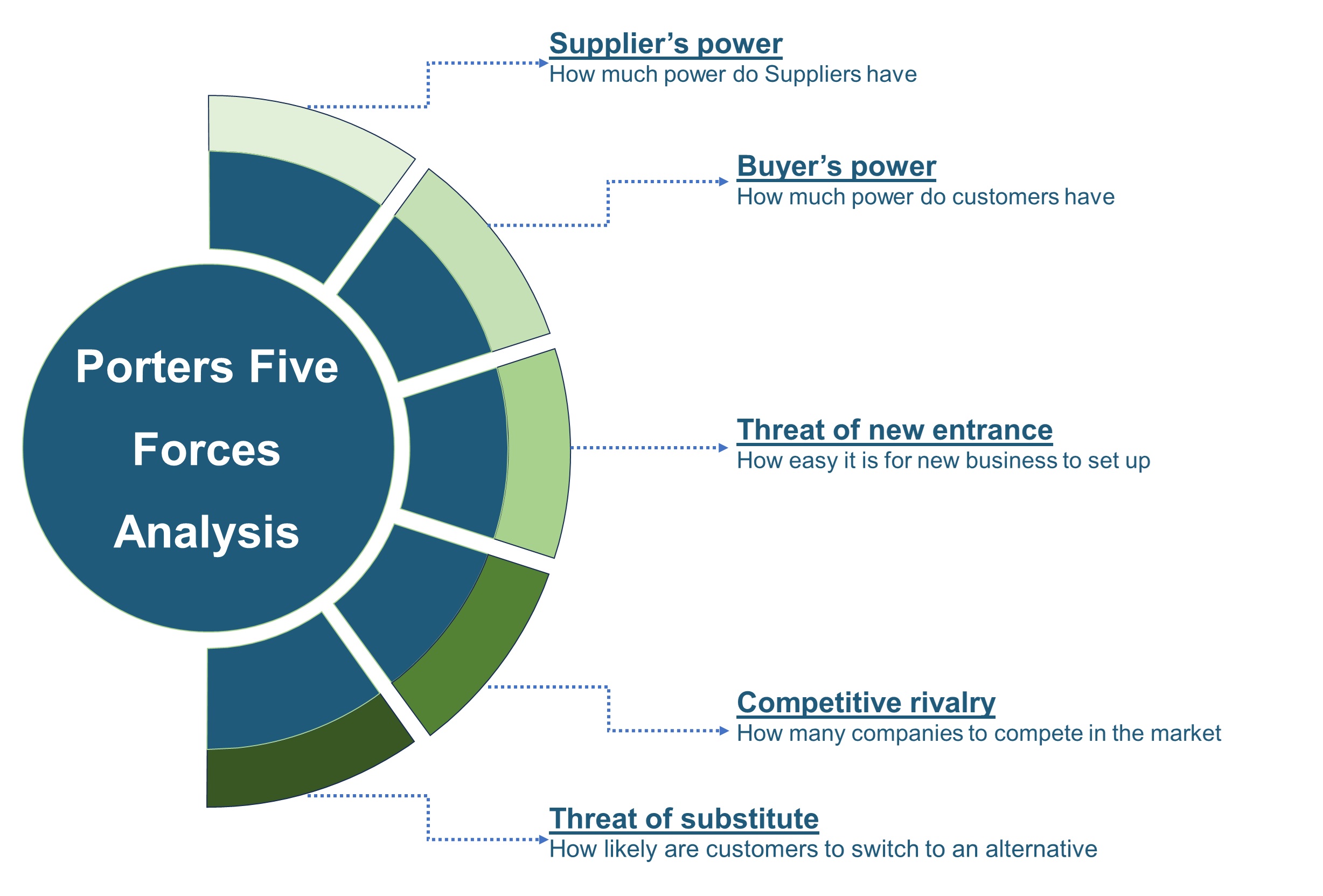


 Speak to Our Analyst
Speak to Our Analyst



